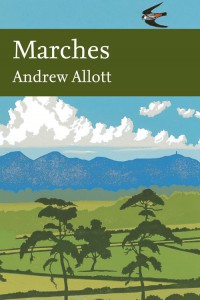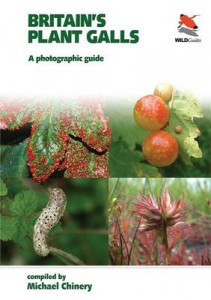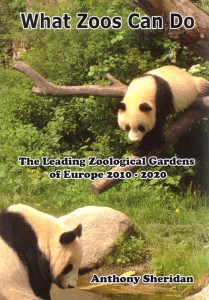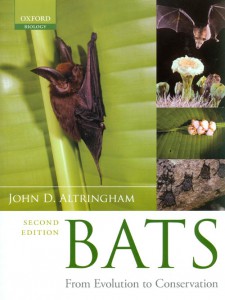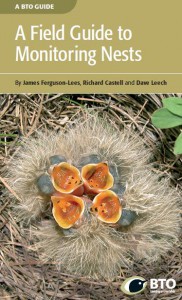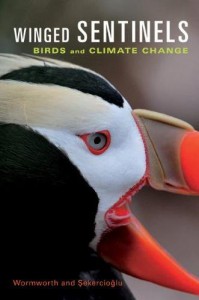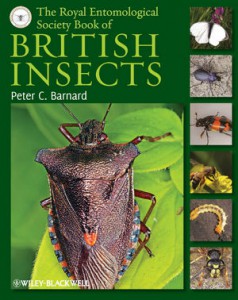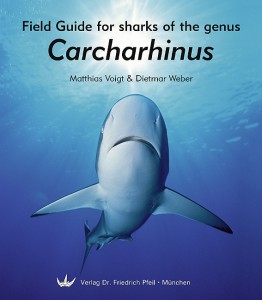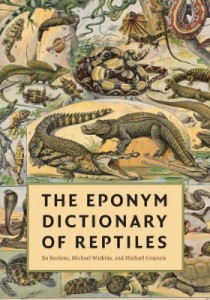 The Eponym Dictionary of Reptiles
The Eponym Dictionary of Reptiles
Following the success of 2003’s Whose Bird? Men and Women Commemorated in the Common Names of Birds, and 2009’s Eponym Dictionary of Mammals, authors of the first two books Bo Boelens (AKA the fatbirder) and Michael Watkins, and joint third author of ‘Mammals’ Michael Grayson, have returned with this unmissable herpetological hoard.
The book is arranged by historical figure, under which are listed the reptiles named after that person, followed by a potted biography.
Here are three entries from the Dictionary:
Darwin
Darwin’s Ringed Lizard Amphisbaena darwini Duméril & Bibron, 1839
Darwin’s Iguana Diplolaemus darwinii Bell, 1843
Darwin’s Tree Iguana Liolaemus darwinii Bell, 1843
Darwin’s Gecko Gymnodactylus darwini Gray, 1845
Darwin’s Marked Gecko Homonota darwinii Boulenger, 1885
Darwin’s Sea Snake Hydrelaps darwiniensis Boulenger, 1896
Darwin’s Leaf-toed Gecko Phyllodactylus darwini Taylor, 1942
Darwin’s Ground Skink Glaphyromorphus darwiniensis Storr, 1967
Darwin’s Wall Gecko Tarentola darwini Joger, 1984
Charles Robert Darwin (1809-1882) was the prime advocate, together with Wallace, of Natural Selection as the way in which speciation occurs. To quote from his most famous work On the Origin of Species by Means of Natural Selection (1859), “I have called this principle, by which each slight variation, if useful, is preserved, by the term Natural Selection.” Darwin was the naturalist on ‘HMS Beagle’ on her scientific expedition round the world (1831-1836). In South America he found fossils of extinct animals that were similar to extant species. On the Galapagos Islands he noticed many variations among plants and animals of the same general type as those in South America. On his return to London he conducted research on his notes and specimens. Out of this study grew several related theories; evolution did occur; evolutionary change was gradual, taking thousands or even millions of years; the primary mechanism for evolution was a process called Natural Selection; and the millions of species alive today arose from a single original life form through a branching process called ‘speciation’. Four mammals, three amphibians and several birds (including those famous finches) are named after him.
Ridley
Olive Ridley Turtle Lepidochelys olivacea Eschscholtz, 1829
Pernambuco Teiid Stenolepis ridleyi Boulenger, 1887
Ridley’s Worm Lizard Amphisbaena ridleyi Boulenger, 1890
Henry Nicholas Ridley (1855-1956) was a British botanist and collector on the island of Fernando de Noronha (1887), when he first reported the sightings of Olive Ridley Turtles in Brazil. However, it seems unlikely that the ‘Ridley’ in the turtle’s name refers to him. There are several theories including one that states that it was a ‘riddle’ where they came from and ‘riddle’ became pronounced ‘riddlie’ and so ‘ridley’. Ridley was known as ‘Mad Ridley’ or ‘Rubber Ridley’, as he was keen to get the rubber tree transplanted to British territory. He was Superintendent, Tropical Gardens, Singapore (1888-1912), where early experiments in growing the tree outside Brazil took place. He wrote The habits of Malay reptiles (1889). Two mammals and a bird are named after him.
Russell, P
Russell’s Viper Daboia russelii Shaw, 1797
Russell’s Sand Boa Eryx conicus Schneider, 1801
[Alt. Rough-scaled Sand Boa; Syn. Gongylophis conicus]
Russell’s Kukri Snake Oligodon taeniolatus Jerdon, 1853
[Alt. Streaked Kukri Snake]
Dr Patrick Russell (1726-1805) was a British surgeon and naturalist. He first went to India (1781) to look after his brother who was employed by the Honourable East India Company in Vizagapatnam. He became fascinated by the plants in the region and was appointed to be the Company’s Botanist and Naturalist, Madras Presidency (1785). He spent 6 years in Madras (Chennai) and sent a large collection of snakes to the British Museum (1791). One of his major concerns was snakebite and he tried to find a way for people to identify poisonous snakes, without first getting bitten and seeing what happened! The sand boa has his name attached to it because it appears to mimic Russell’s Viper: something he commented on in his A continuation of an account of Indian Serpents (1801).
The Eponym Dictionary of Reptiles is published by Johns Hopkins University Press, and is due to be published on the 24th September 2011

